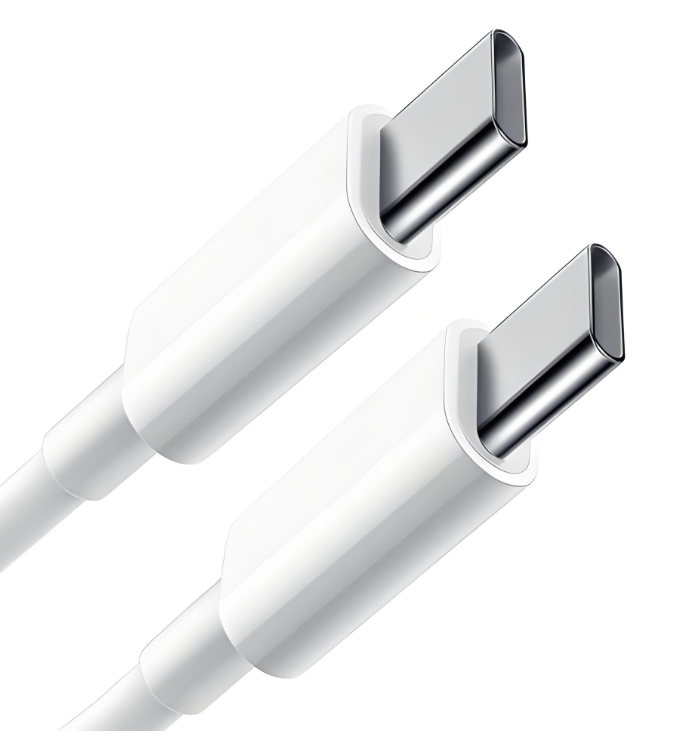The charging speed of a data cable is mainly determined by the following parameters, and these factors need to be comprehensively considered to select a suitable fast charging data cable:
1. Supported fast charging protocols
Fast charging protocol matching: The data cable needs to support the fast charging protocol of the phone or device (such as USB PD, QC, Huawei SCP, OPPO VOOC, etc.). The maximum power of different protocols varies, for example, USB PD3.1 supports up to 240W, while QC4.0+supports up to 100W.
Protocol compatibility: If the device only supports private protocols (such as Apple PD fast charging), you need to select the corresponding protocol data cable, otherwise fast charging may not be activated.
2. Current and voltage specifications
Maximum current (A) and voltage (V): The data cable needs to meet the output capability of the charging head. For example, if the charging head supports 20V/5A (100W), the data cable needs to be able to carry 5A current, otherwise the charging power will be limited.
The current carrying capacity of wire is related to the material and thickness of the wire core. For example, tin plated copper wire has lower resistance than aluminum wire and can transmit larger currents.
3. Wire material and wire gauge (AWG)
Conductor material: Silver has the best conductivity (such as silver plated copper), followed by copper, aluminum, etc. High quality wire cores can reduce resistance and improve charging efficiency.
Wire gauge (AWG): The smaller the value, the thicker the wire. For example, 24AWG has a thicker wire diameter than 28AWG and can carry higher currents (such as 5A or more), making it suitable for fast charging needs.
Shielding and reinforcement design: The woven mesh and aluminum foil shielding layer can reduce signal interference and improve stability; Materials such as Kevlar fiber enhance durability.
4. Data cable length
Length affects resistance: In theory, the shorter the data cable, the lower the resistance and the faster the charging speed. For example, the loss of 1 meter is smaller than that of 3 meters, but the actual difference may not be significant within a reasonable length (such as 1-2 meters).
Adaptation to usage scenarios: It is recommended to use short wires (such as 1 meter) and long wires (such as 3 meters) for scenarios such as power banks, which are suitable for charging and using at the same time, but need to balance speed and convenience.
5. Interface type and quality
Interface matching: Type-C, Lightning, Micro USB, etc. need to be consistent with the device interface. For example, USB PD fast charging requires a Type-C interface.
Terminal technology: gold-plated or anti-oxidation treated interfaces can reduce contact resistance and improve charging stability. Apple MFi certified data cables (such as C94 terminals) can avoid pop-up issues.
6. Is there a built-in chip
E-Mark chip: A high-end data cable with built-in chips that can intelligently identify the voltage and current required by the device (such as cables that support PD3.1), ensuring safe and fast charging.
Private protocol chip: Some manufacturers (such as Huawei and OPPO) require dedicated chips to activate super fast charging.
7. Brand and Certification
Brand reliability: Large brands (such as Anker, Momis, and Ultra unit) typically use better materials and have been certified (such as USB-IF and MFi), resulting in higher compatibility and security.
Certification standards, such as Apple MFi certification and USB-IF certification, ensure protocol compatibility and charging efficiency.

Summary and Suggestions
When choosing a data cable, it is necessary to consider the protocol supported by the device, charging power requirements (such as whether 100W or more is needed), and usage scenarios (length, durability) comprehensively. Priority should be given to brand products that support multiple protocols, low resistance wires (such as tinned copper, 24AWG), and have certification. If pursuing ultimate fast charging (such as 240W), it is necessary to pair it with a charging head and data cable that supports PD3.1.
